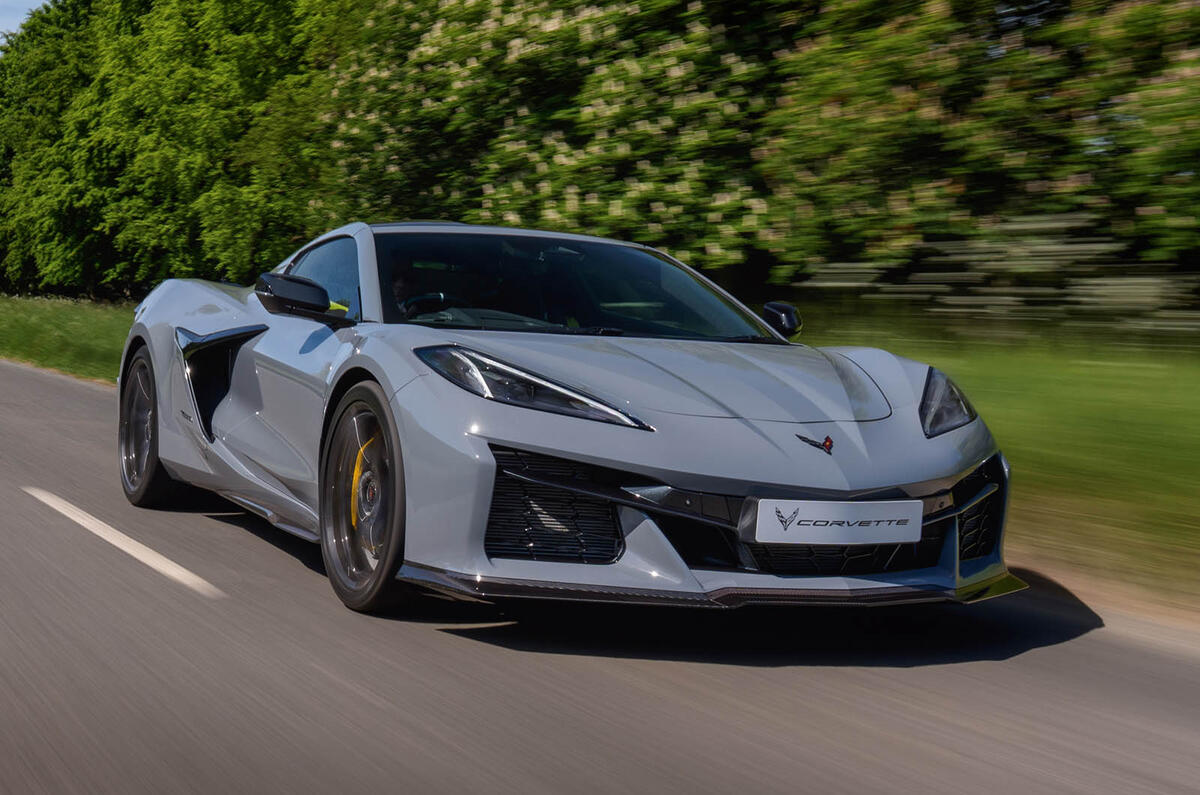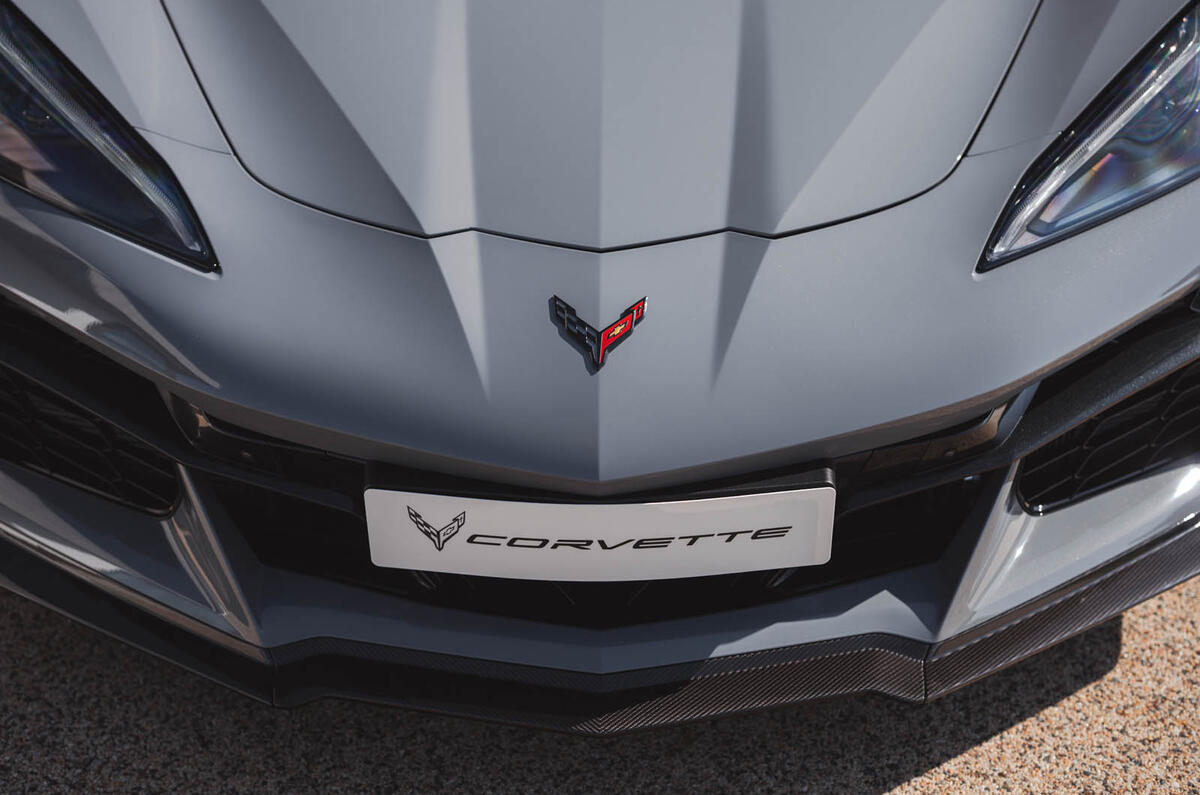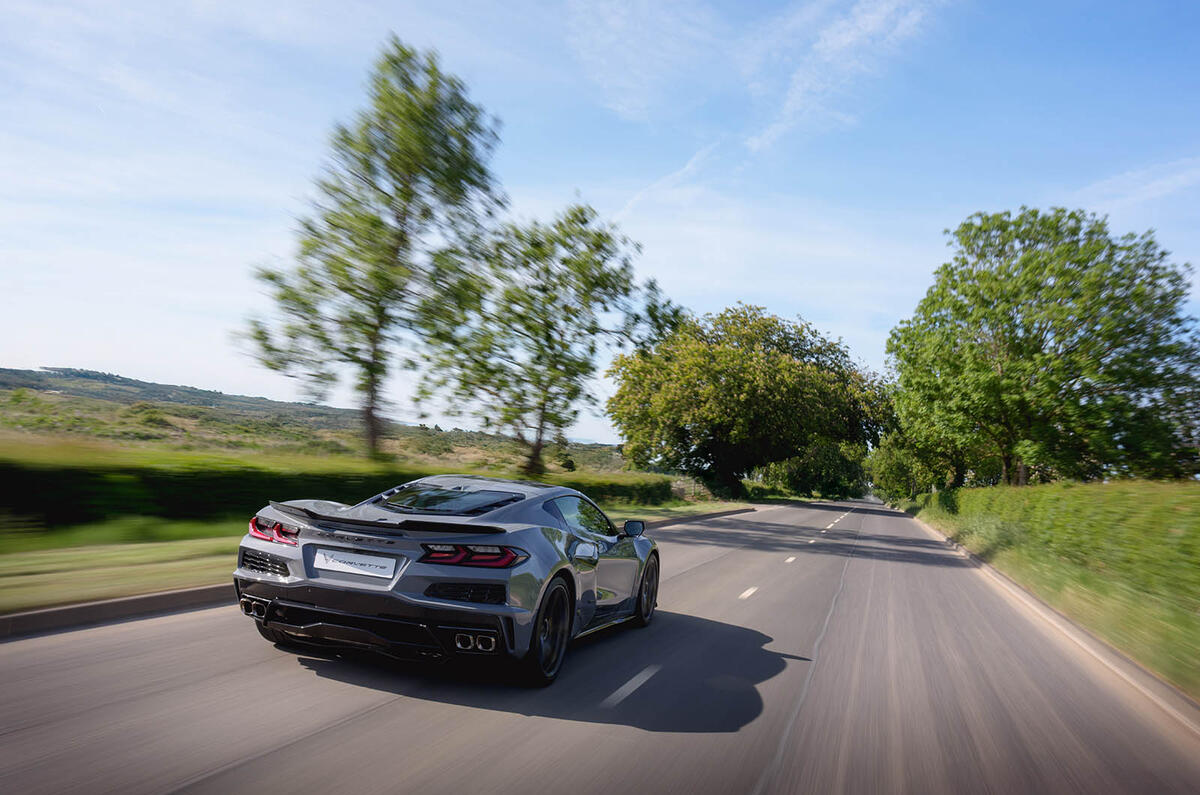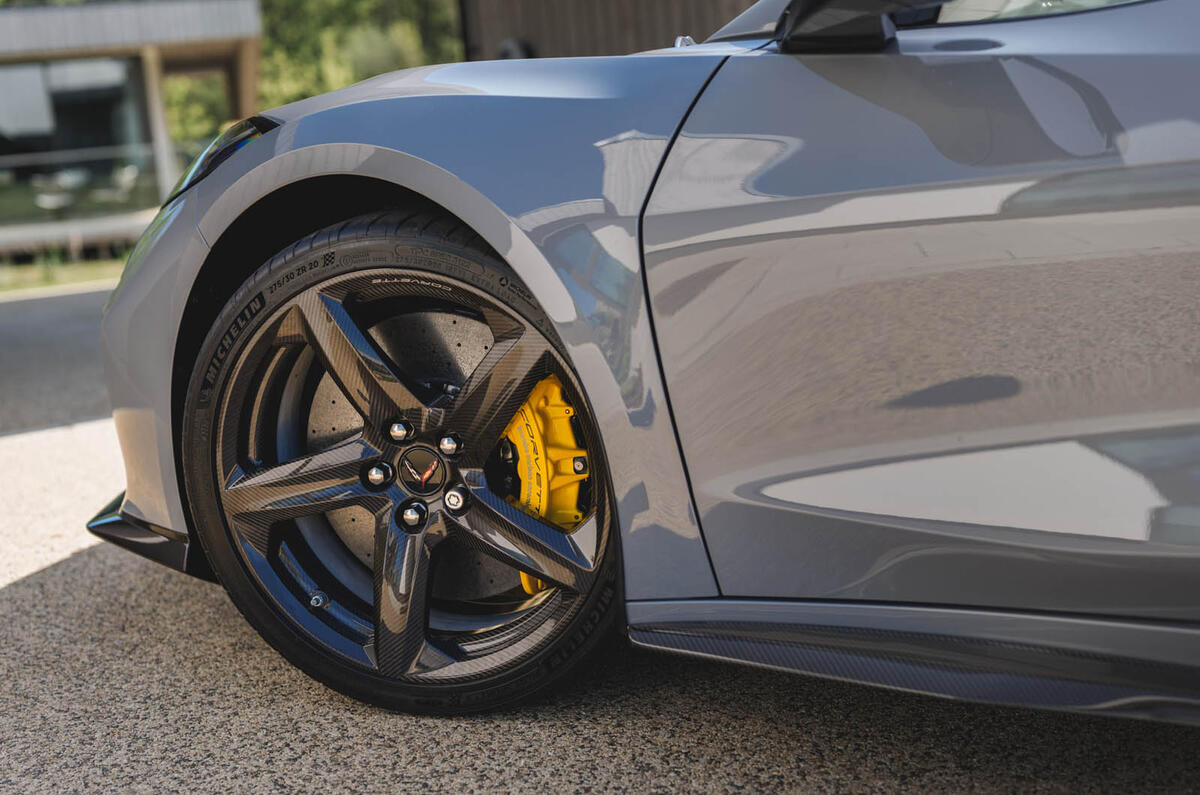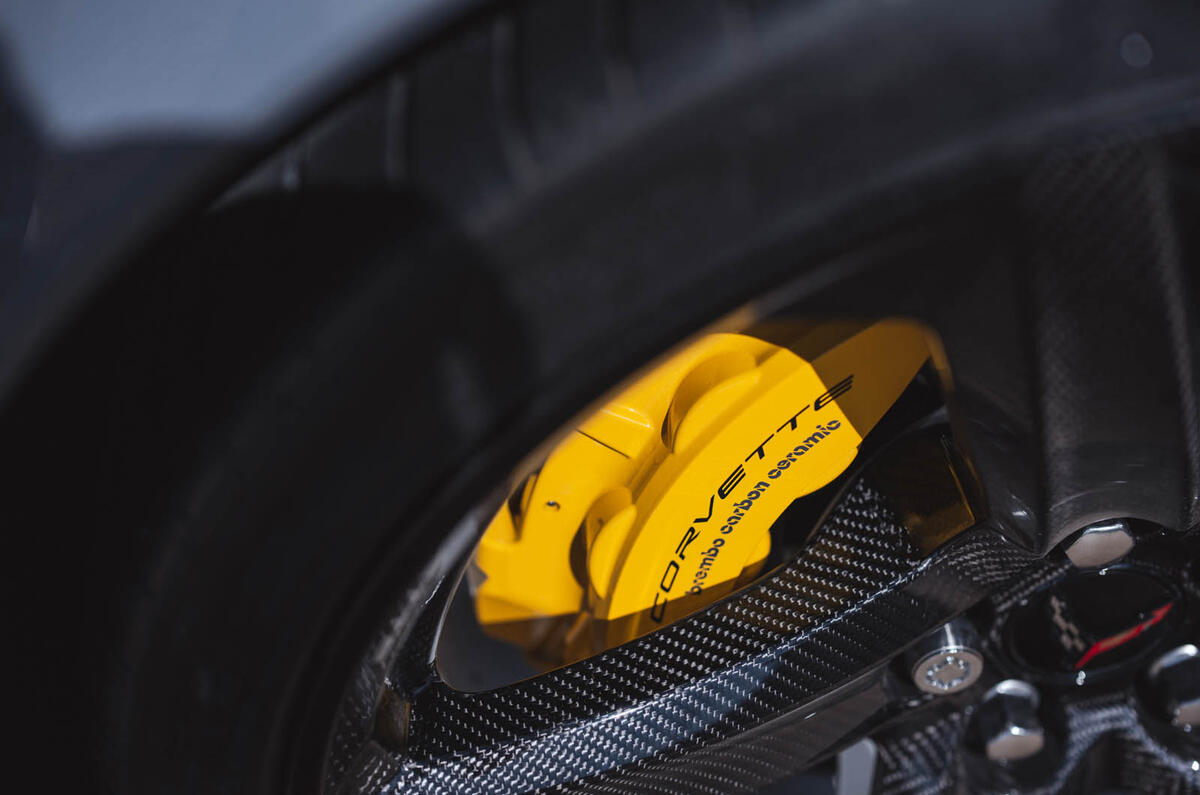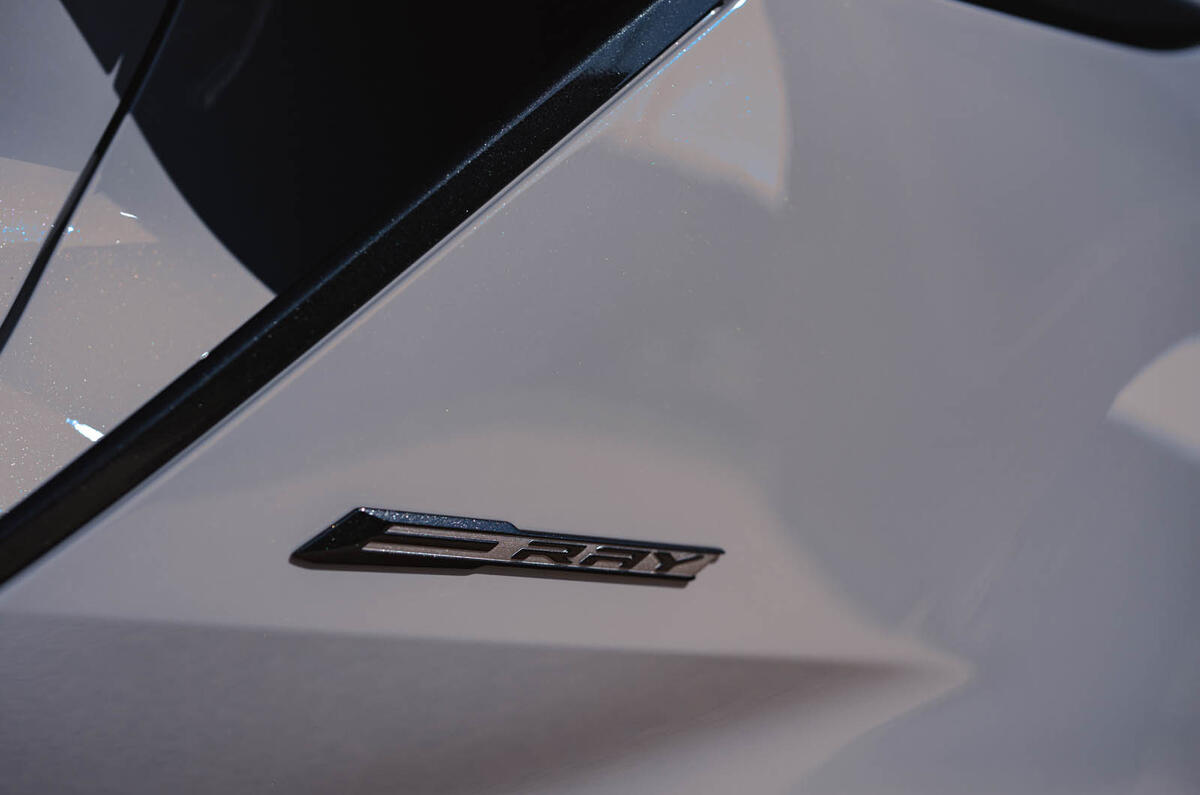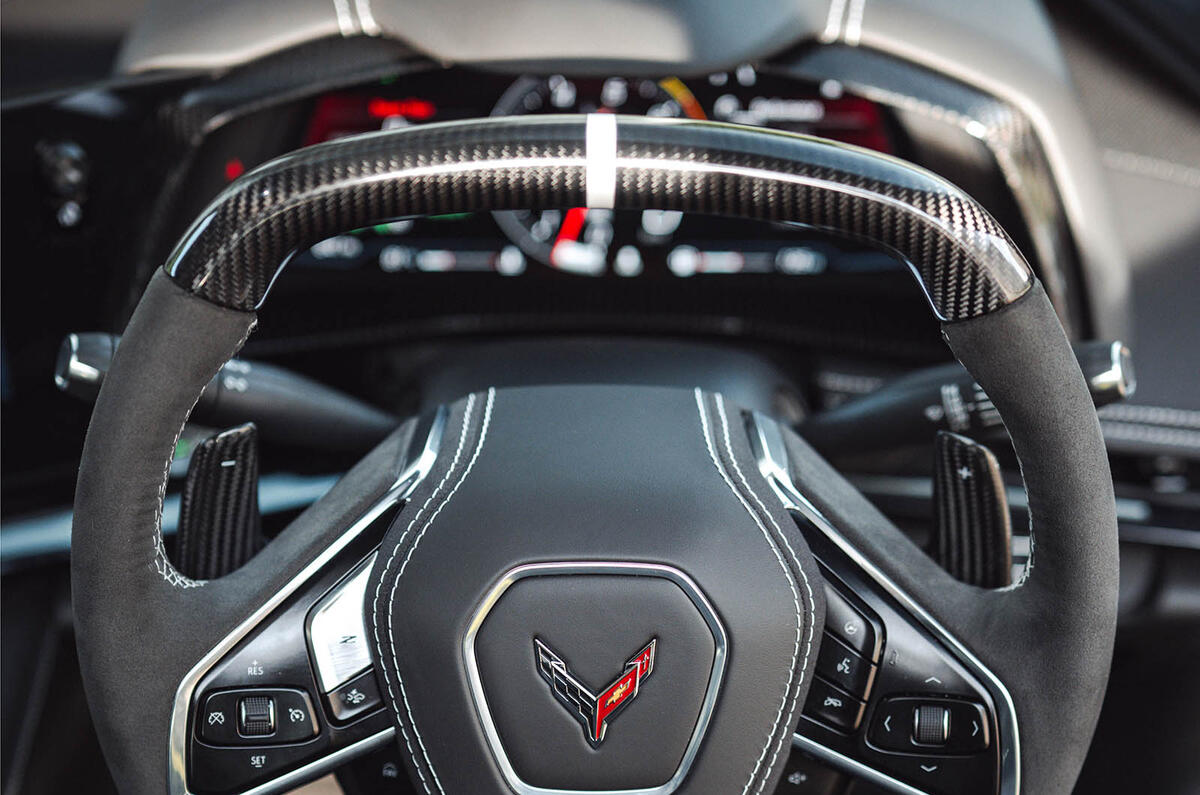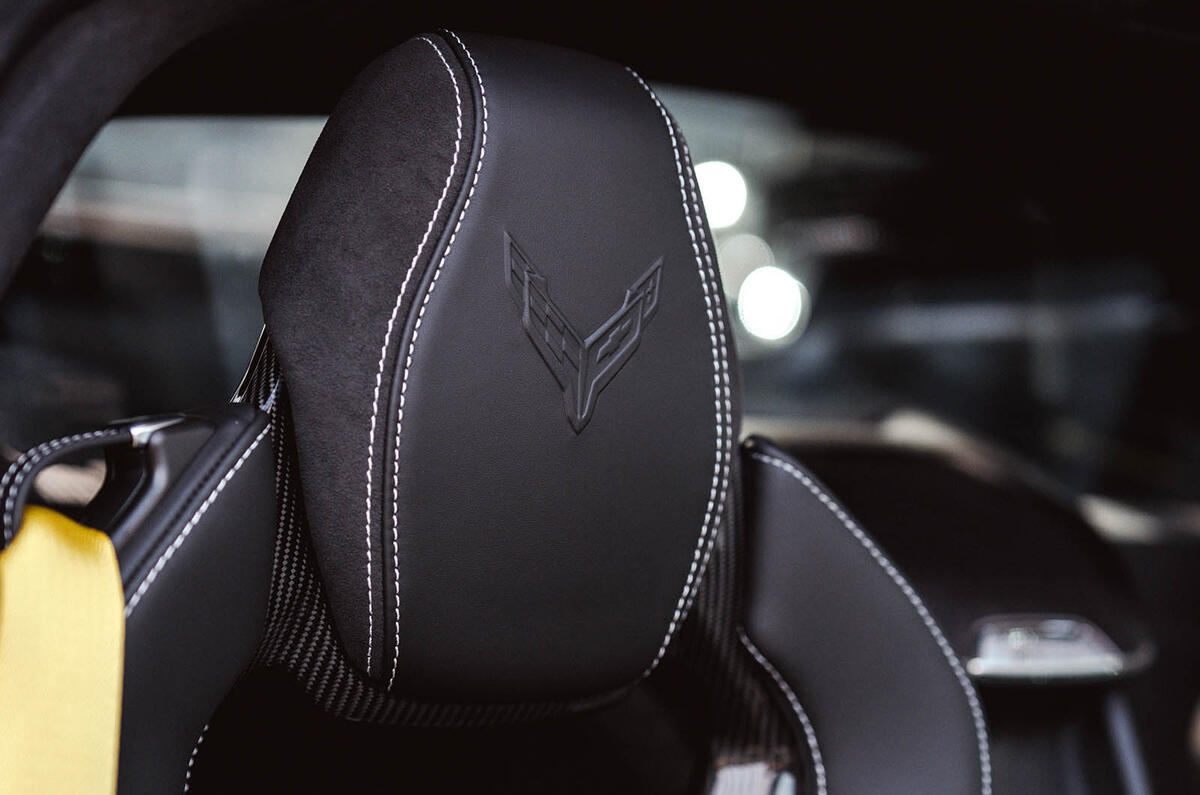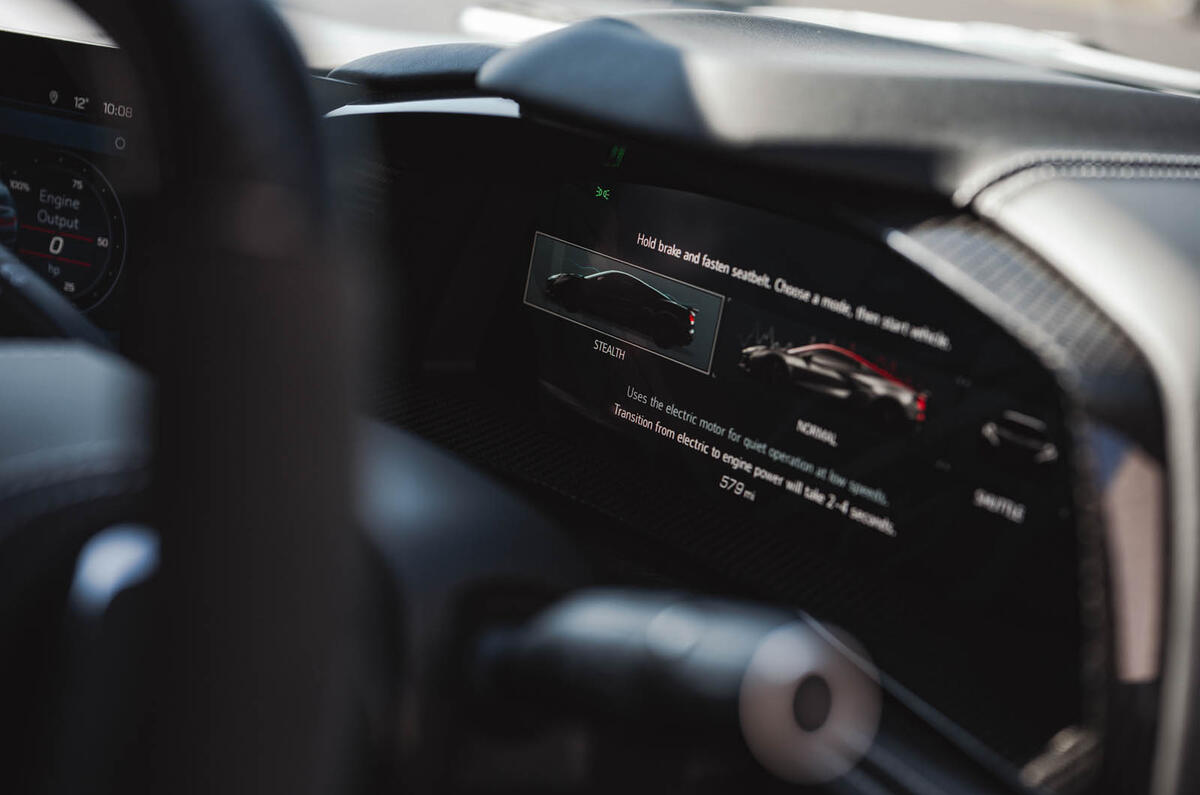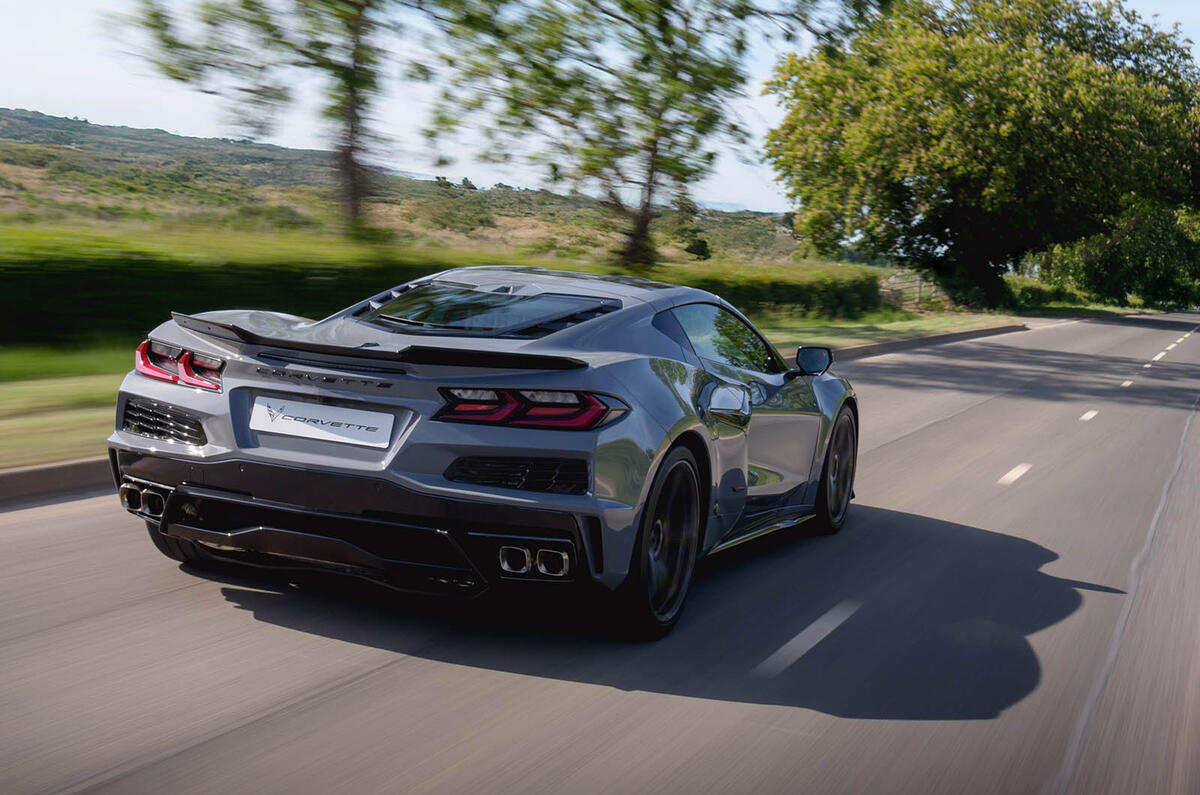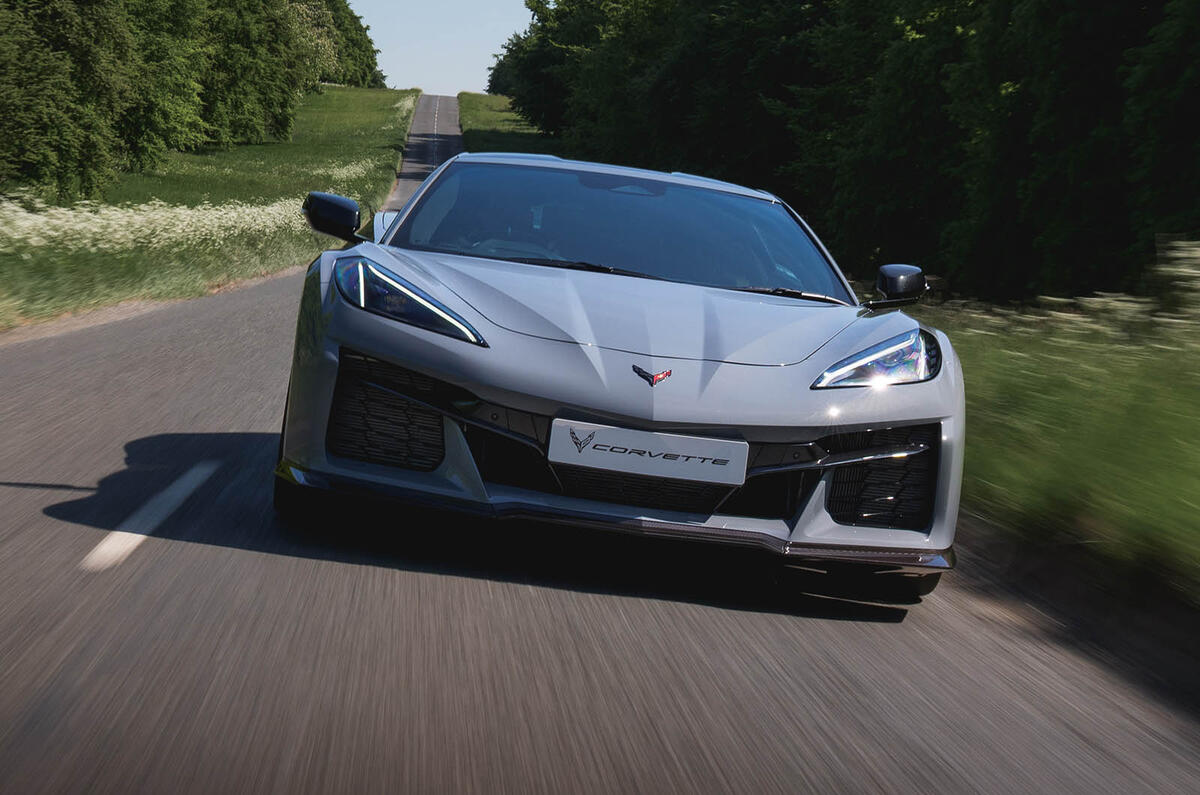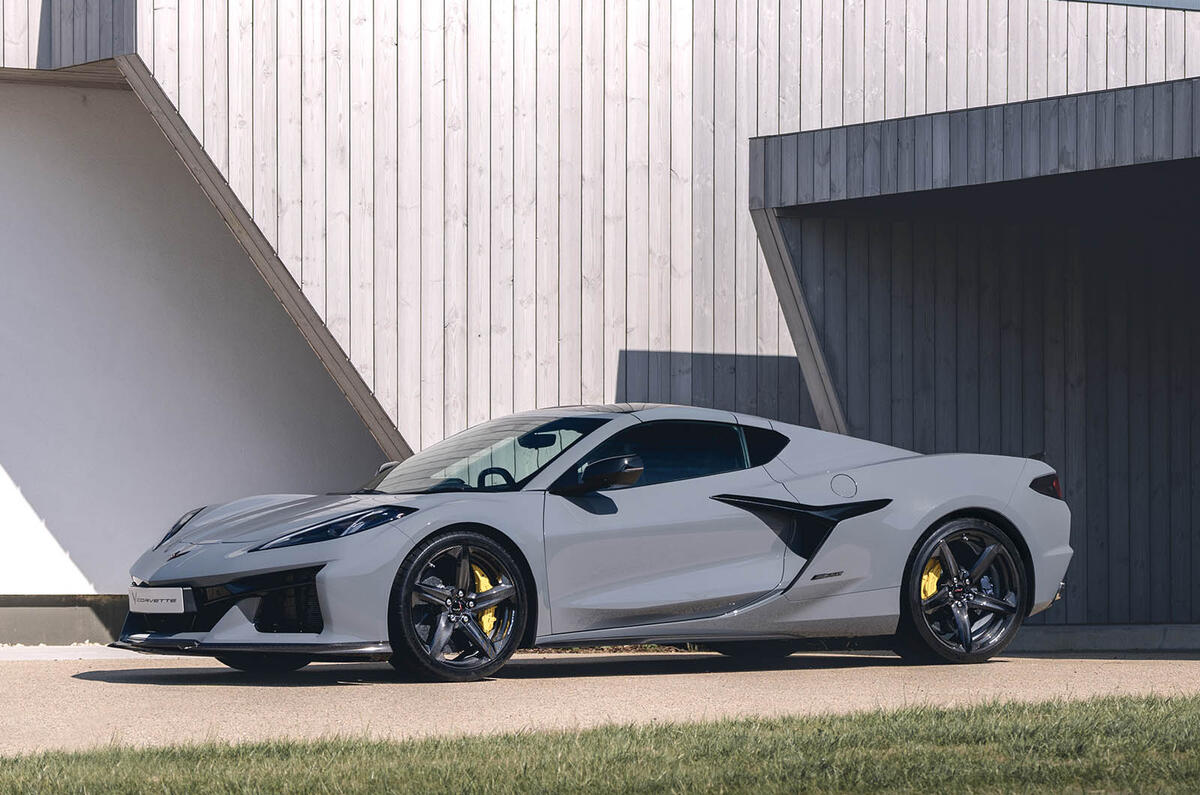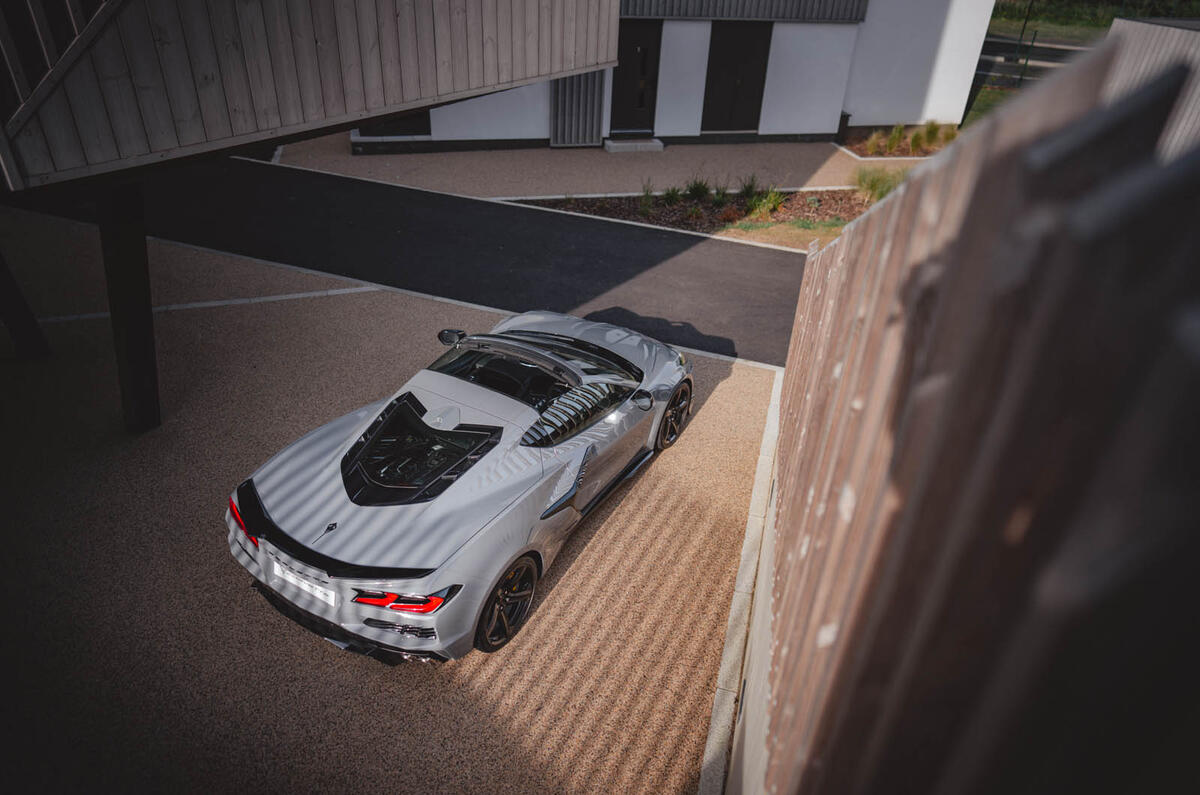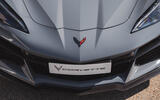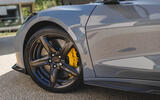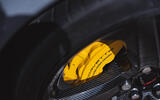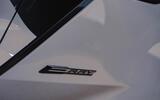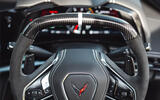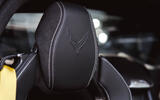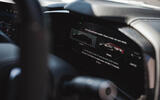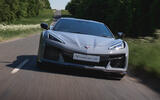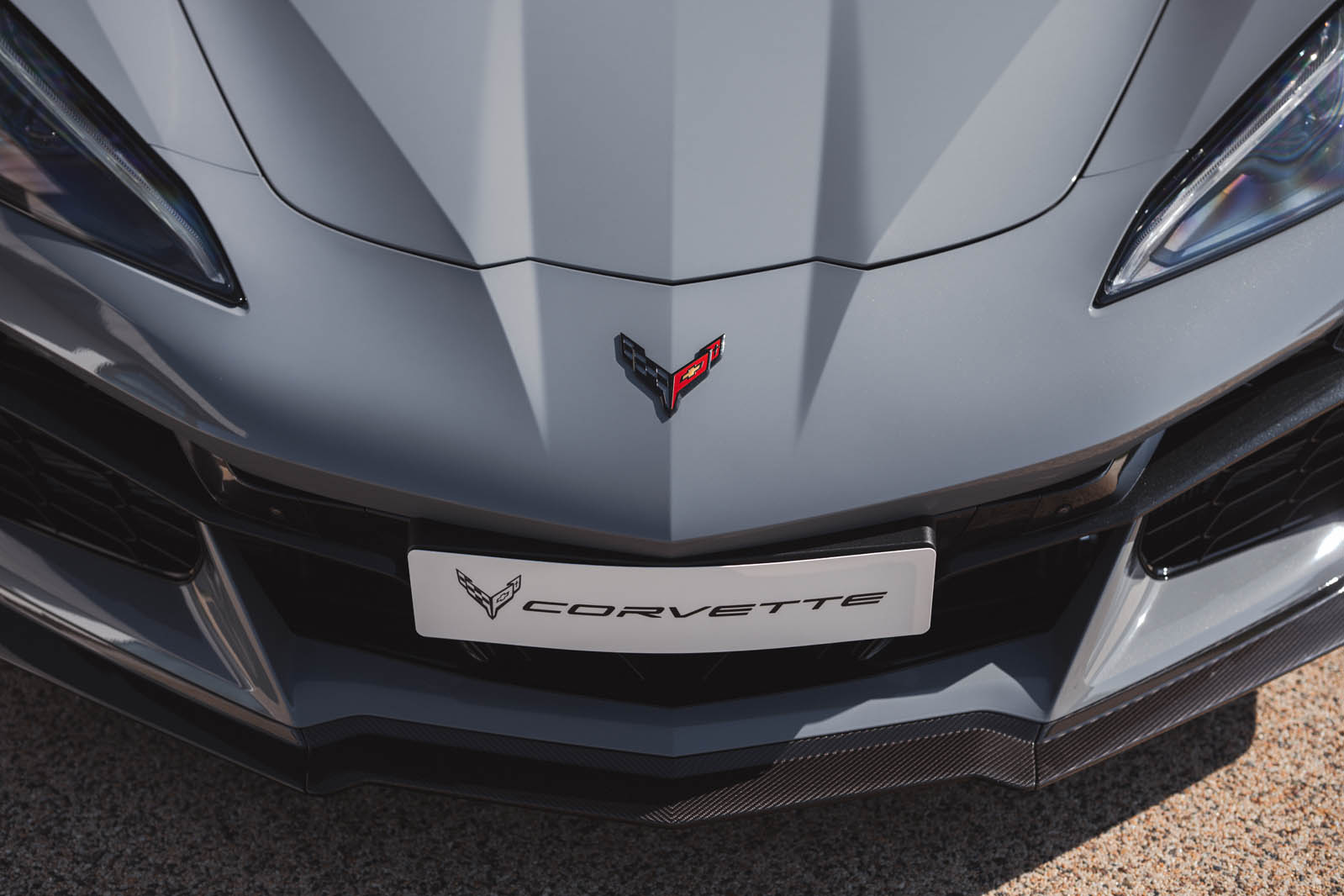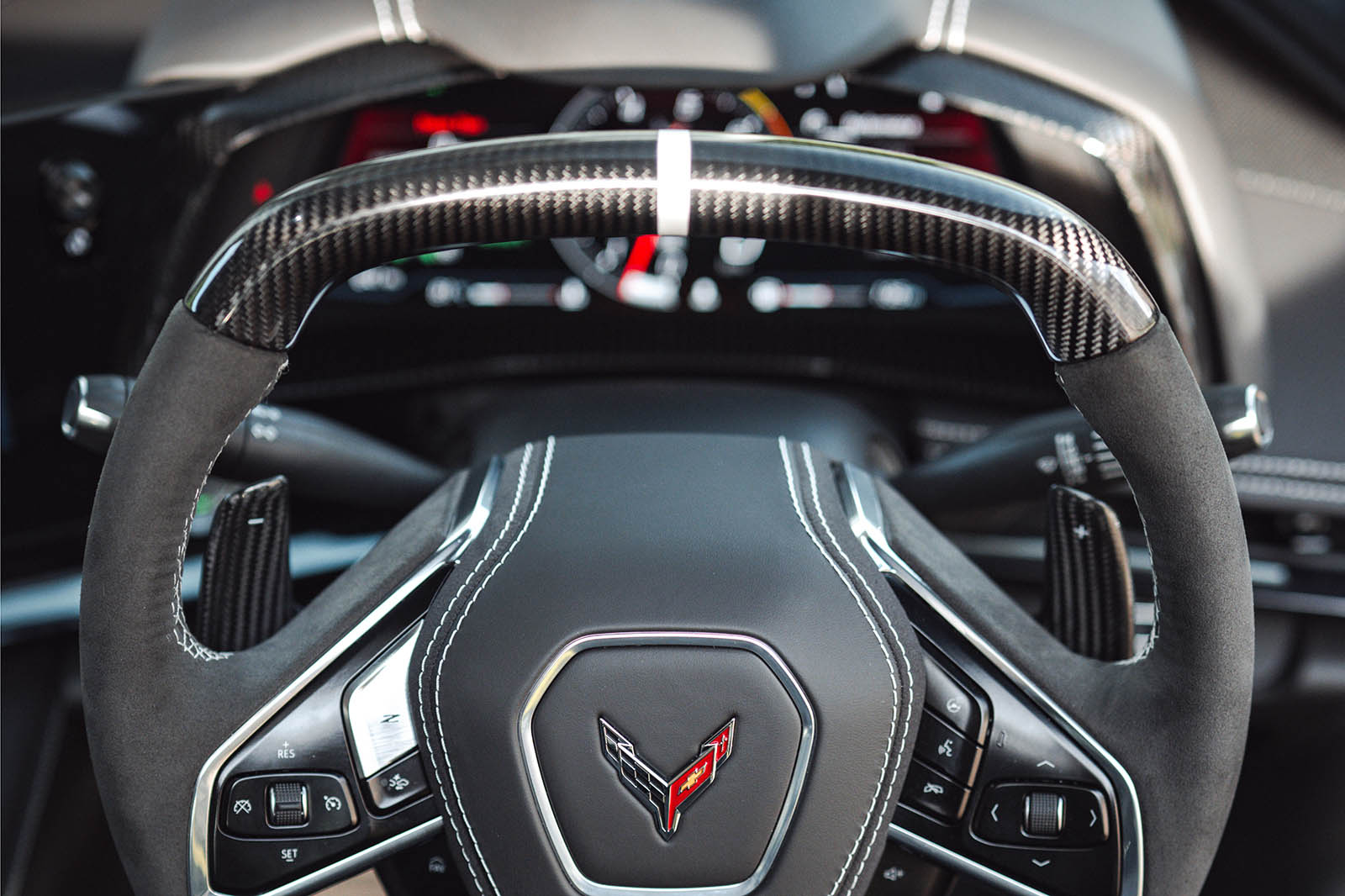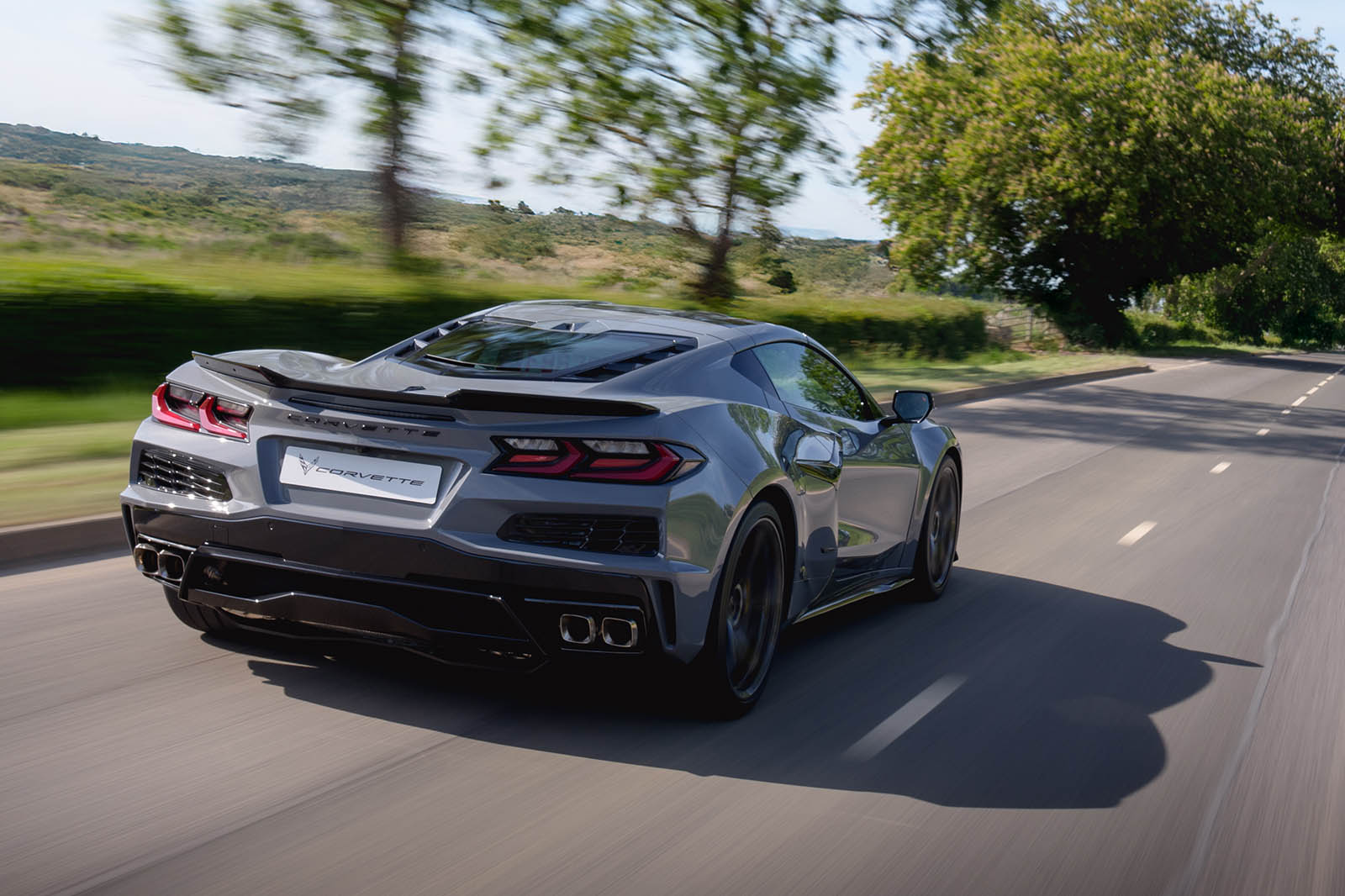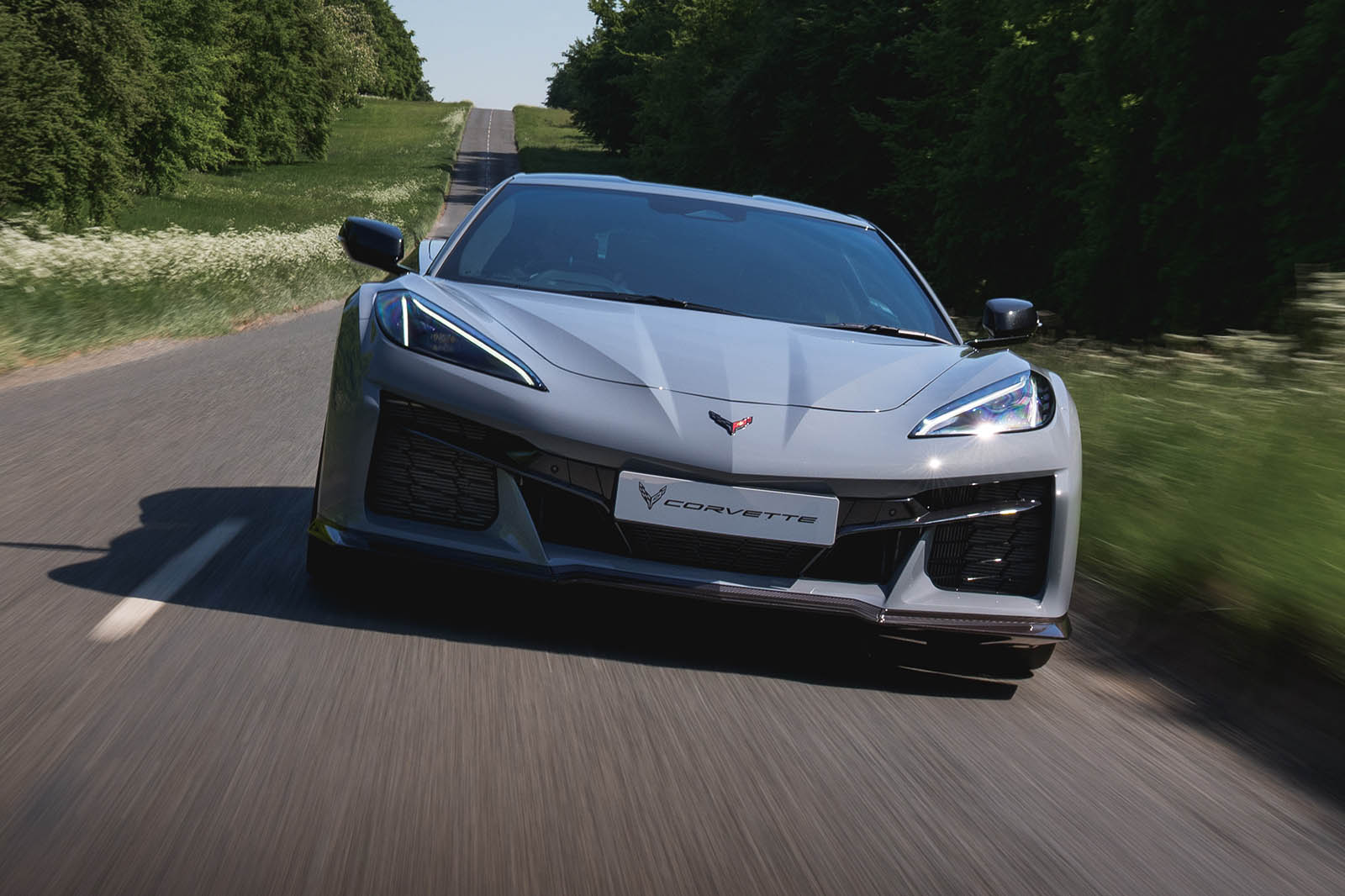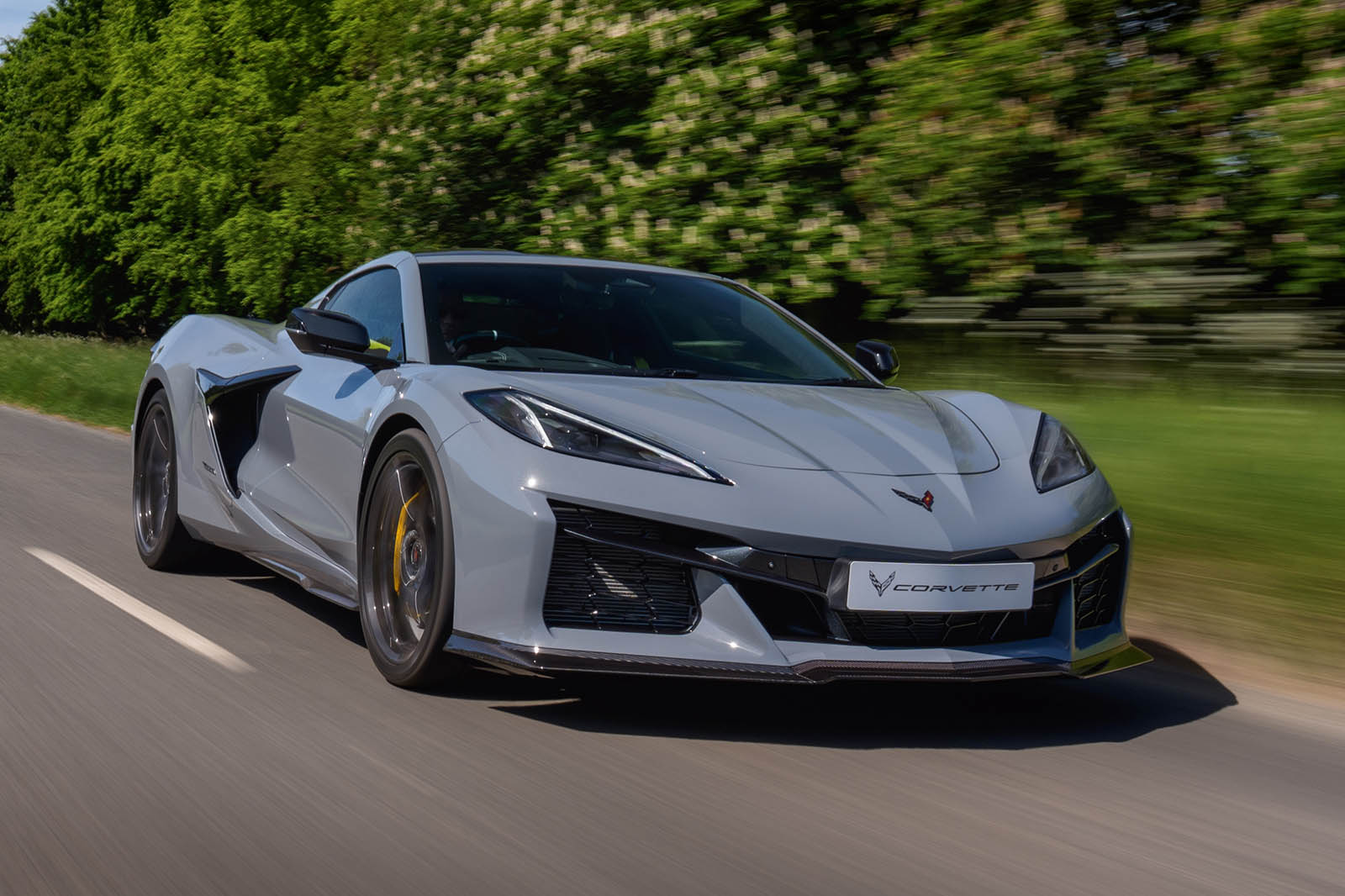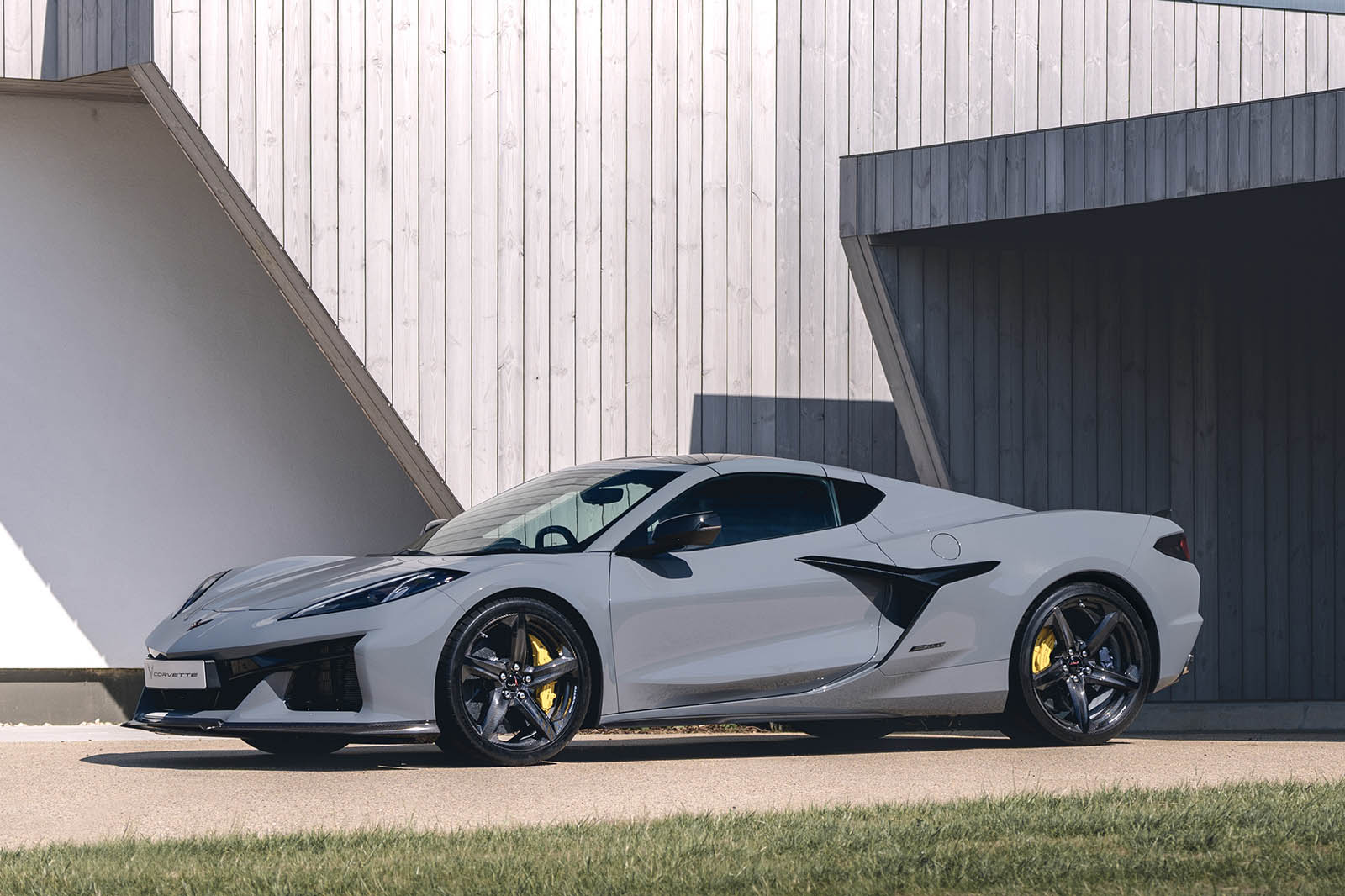Ten years ago, you would have been given pretty favourable odds on the next Corvette being not only mid-engined but hybridised and with four-wheel drive. Yet here we are.
The Corvette E-Ray has already been on sale in the US for a couple of years and has now arrived in the UK, where it occupies the mid-point of the line-up, sitting between the slim-hipped Stingray and the escaped racing car that is the Z06. All three versions can be had in right-hand drive, too – a big development.
Serious hybrid performance cars are no longer remarkable, of course: Lamborghini, Ferrari, Porsche, Mercedes-AMG and Aston Martin all make at least one. But there’s something a little more curious about a ripsnorting American icon leaning into electrication, as well as the nannyish effects of a driven front axle.
Does either element actually improve the driving experience? Or might it ruin it? Or is this just a forgettable toe in the EV water? Let's find out.
New Chevrolet Corvette E-Ray cars in stock



